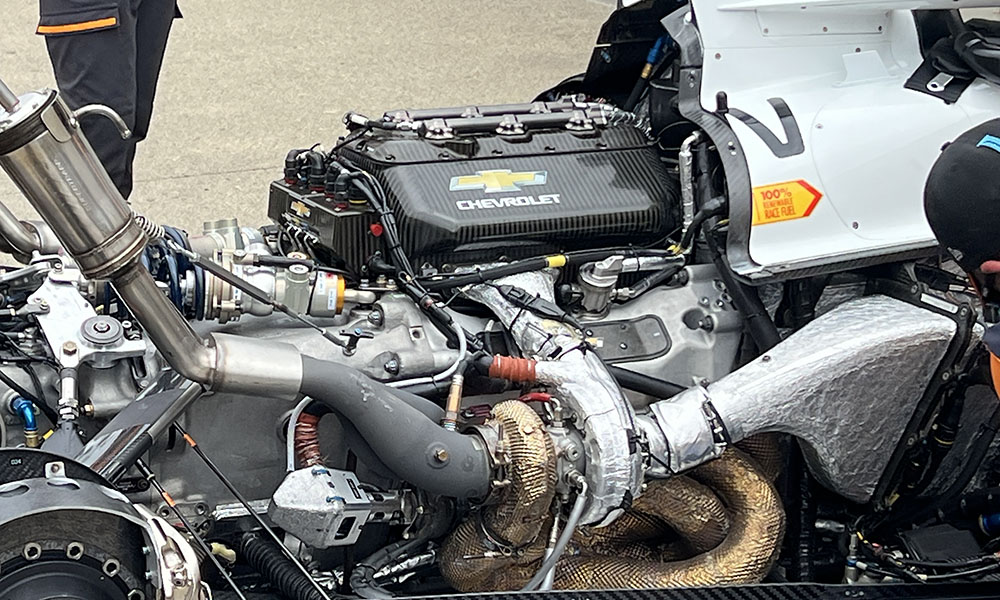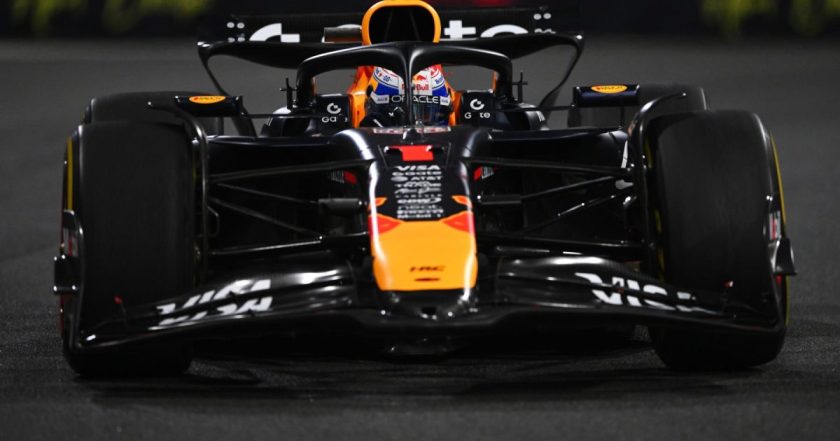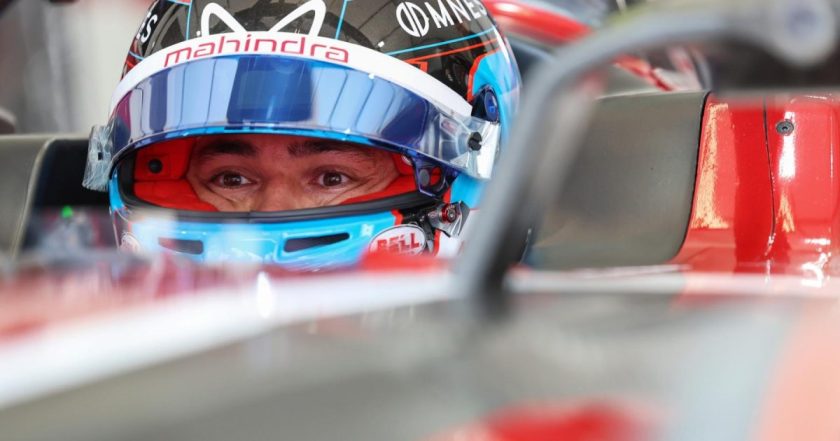P1racenews AI automatic summary:
Let’s delve into a phenomenon that’s nothing new in turbocharged forms of motor racing, but took center stage on Saturday in qualifying for the Indianapolis 500 when multiple Chevrolet-powered entr…
In turbocharged motor racing, plenum fires are not uncommon, but they were prominently seen during the qualifying session for the Indianapolis 500 with Chevrolet-powered entries facing the issue. The plenum, an enclosed airbox made from carbon fiber, sits atop the 2.2-liter twin-turbo V6 IndyCar motors by Chevy and Honda. Its purpose is to mix highly compressed air with fuel for the engine’s combustion process. Unlike non-turbo engines like NASCAR Cup and Cadillac IMSA GTP motors that use open airboxes, turbo engines require a sealed plenum to ensure no pressure leaks. Plenum fires occur when there’s a backflow of ignited mixture from the plenum into the intake valves, causing a premature burnout. The high pressure and compressed air in the plenum, especially at high boost levels, increase the risk of these fires during the racing process.






